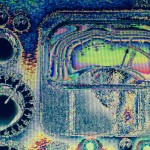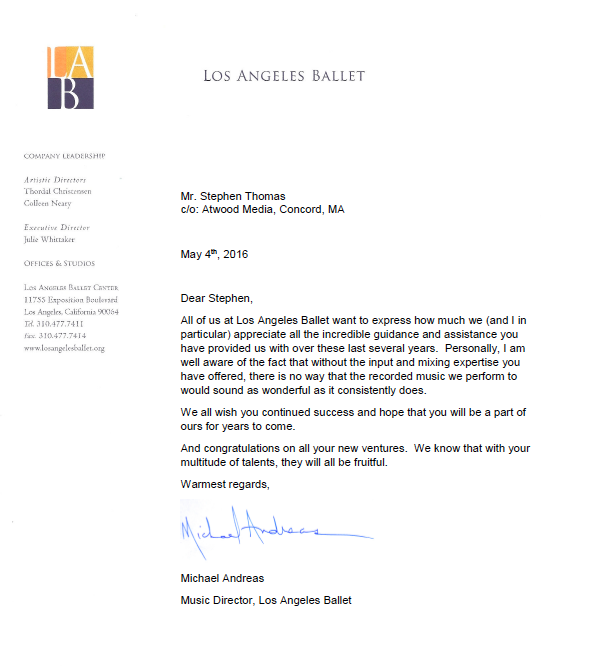The classic definition of an Alchemist is someone who practices the medieval art/science concerned with the development of an elixir of life, which would confer youth and longevity; as well as transmutation: turning low-value base metal into the noble metals gold & silver.
The Urban Dictionary defines Alchemists as people who are awesome and full of amazing powers. I put forward, practicing audio alchemy is the act of transforming audio. Not simply recording audio, which is a craft in itself. What I am talking about here is taking program material whether in the form of a individual tracks to be mixed together, already mixed songs, a field recorded sample (instrument, or sound), a poorly captured voice monologue or creation of a unique sound from synthesized or natural sources (sound design) and transforming it. Of course you are thinking ahh, mixing & mastering, audio engineering. Yes and No…
The craft of audio alchemy as I practice it sometimes, is about yes, mixing and mastering. Yet in the extreme cases, it’s mystical stuff, it’s about breathing new life into audio, which, then will manifest in a better form forever (the elixir of life). It’s a form of transmutation. Not synthesis
 or the creation of a new crazy sound from something else, which could be sound design; but, the transformation of some God-awful audio into something useful.
or the creation of a new crazy sound from something else, which could be sound design; but, the transformation of some God-awful audio into something useful.
What do I mean? Audio Alchemy takes different paths: sometimes it’s a pedantic process to improve, and yet in extreme cases it is the equivalent of turning lead into precious metal. Here are a few examples: an ever present low hum of an air conditioner; a honking car horn as it whizzes by; the waterier, waverly sound of a poor quality, bandwidth limited digital recording; a constant Ssssssssssssound, the plaaaaa plosive sound in audio terms, the breath, fizzle, haaa sound some humans make as they are catching breath before belting something out, and a myriad of other possible combinations of all the above including ambient hums, whistles, scratches, bumps, shakes, zips, barks, chirps, and fizzles etc… and, in the extreme: speech recorded via iphone with the phone located right on top of the loudspeaker capturing a painful distortion along with the barely audible voice. Sometimes, with the wave of a magic wand, a truncated piano chord forming the cadence or resting place concluding a scene in a film is corrected/manipulated to extend its natural decay into silence to synchronize with the video fade to black. The magic wand is actually a multi-pronged process involving matching the ambience of the piano sound before the chord, sampling and extending the actual chord, blending the new sampled material with the existing truncated material, then adding reverb that’s of the same character of what is already on the track. Poof: just like that. Oh, and that’s 6 seconds that took 20+ minutes of experimentation to come up with the right recipe to please the discerning ears of the composer.
Recently, I worked on a project where I needed to assemble a poem as the voice over for a soundtrack. The audio was recorded via a hand held digital recorder, the kind that is only about three inches or so long. The audio consisted of multiple takes of phrases that had to be sliced, diced and assembled as one cohesive poem. Before addressing this challenging audio editing task, I first had to perform some audio alchemy in the form of transmutation addressing the audio quality. That entailed a multi stage process of noise, click and pop reduction, ambiance and EQ matching, as the recorder position was not consistent in placement relative to the mouth of the subject, and then some smoothing via a multi-step compression process. Magic! Well actually, hours of fiddling with settings to get the best possible outcome.
 Ok so how and what do I use? Future posts will get into more how-to specifics of my audio alchemy practice. As for what and without going into exploration of the infinite possibilities of tools available today, here are my current goto items:
Ok so how and what do I use? Future posts will get into more how-to specifics of my audio alchemy practice. As for what and without going into exploration of the infinite possibilities of tools available today, here are my current goto items:
Izotope RX 5 (especially Declip, Denoize, Dehum, & Spectral Repair Modules); Ozone 7 & Final Mix (comes with some very useful dialogue presets; they work so I use them!)
Stillwell Audio: Bombardier Mastering Compressor (using RMS not Peak detection)
Universal Audio UAD: Precision Mastering, Pultec, and Neve 1081 & 1076 Equalizers; Multi-band Compressor, LA2A, Precision Limiter, K System Ambiance
Voxengo: Elephant Mastering Limiter
Xynaptic: Unfilter, Unveil, and Unchirp, which provides capability unlike anything out there for dealing with wobbly bandwidth decimated material
As for a DAW/Editor, Izotope RX is becoming my default forensic audio editor as it runs on PC & Mac and now hosts VSTs. For years depending on hardware platform (I use both PC & Mac) I have used Sound Forge, Wavelab, Gibson Brands/Cakewalk Sonar Platinum ( includes a bevy of possibilities in pro channel modules and bundled Blue Cat Audio plugins) and PreSonus Studio One ver 3.2 (which also comes with nice collection of native (German-engineered) processing tools).
includes a bevy of possibilities in pro channel modules and bundled Blue Cat Audio plugins) and PreSonus Studio One ver 3.2 (which also comes with nice collection of native (German-engineered) processing tools).
As of the writing of this post I am just settling in with Isotopes’ Ozone 7 Mastering suite (which has also stepped up it’s Stand Alone operation mode capability) and RX 5 Editor feature laden updates. So far, both of these updates really appear to include potent new features that may well change things up for me. Notably, is the implementation of the Vintage Tape, Vintage EQ (fantastic mid/side processing capability) and Dynamic EQ modules (think of it like dynamic multi-band compression but it’s an EQ; it’s especially potent for use on orchestral material). Finally as it turns out, the RX interface in fact has a “magic wand” tool. The magic wand: standard accouterment for any magician, wizard or … audio alchemist.
Something I don’t see Everyday and worth sharing. Props for the Alchemist:



